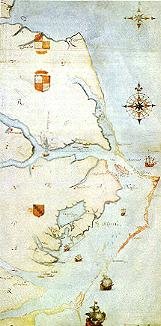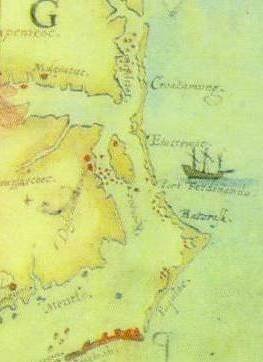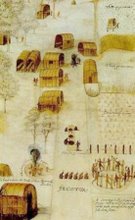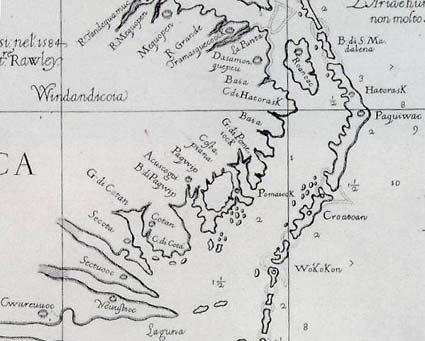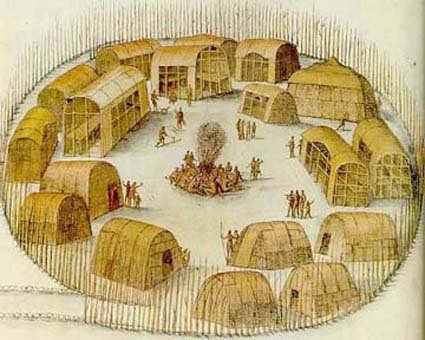Genealogy webinar that was posted about a couple weeks ago:
*** Genetic Genealogy for Beginners: DNA is the "Gene" in Genealogy! ***
What is Genetic Genealogy? What tests are available and which one should I
order? How much does a Genetic Genealogy test cost? Do I need to be a
geneticist to understand my results?
If you're a complete beginner to Genetic Genealogy and want the answers to
those questions and more, then this webinar is for you! Attendees will
learn about the history of genetic genealogy, be introduced to DNA basics
and inheritance paths, learn about the different types of DNA tests
available for genealogy, and learn about resources that will help you make
the most of your Genetic Genealogy experience.
Two sessions are scheduled to accommodate different time zones:
Tuesday, February 1, 2011
6pm GMT (1pm Eastern, 10am Pacific)
Thursday, February 3, 2011
8pm Eastern (5pm Pacific)
Free registration is required for these webinars. To register, please visit
the Relative Roots Webinars webpage and click the registration link next to
the date/time that you wish to attend:
http://www.relativeroots.net/webinars/
Also visit the Relative Roots Webinars webpage to learn about other upcoming
webinars and sign up to receive email announcements about future webinars.
As long as there is demand for it, I hope to repeat the beginner webinar
during the first week of every month. I'm also currently working on
scheduling intermediate and advanced genetic genealogy webinars.
At this time, webinars are only available live during the scheduled dates
and times.
Regards,
Elise Friedman
PS. If you have your own blog or website, please feel free to re-post this
announcement, or link to this blog post:
http://relativeroots.net/blog/2011/01/february-genetic-genealogy-for-beginners/
------------------------------------
This blog is © History Chasers
Click here to view all recent Lost Colony Research Group Blog posts






